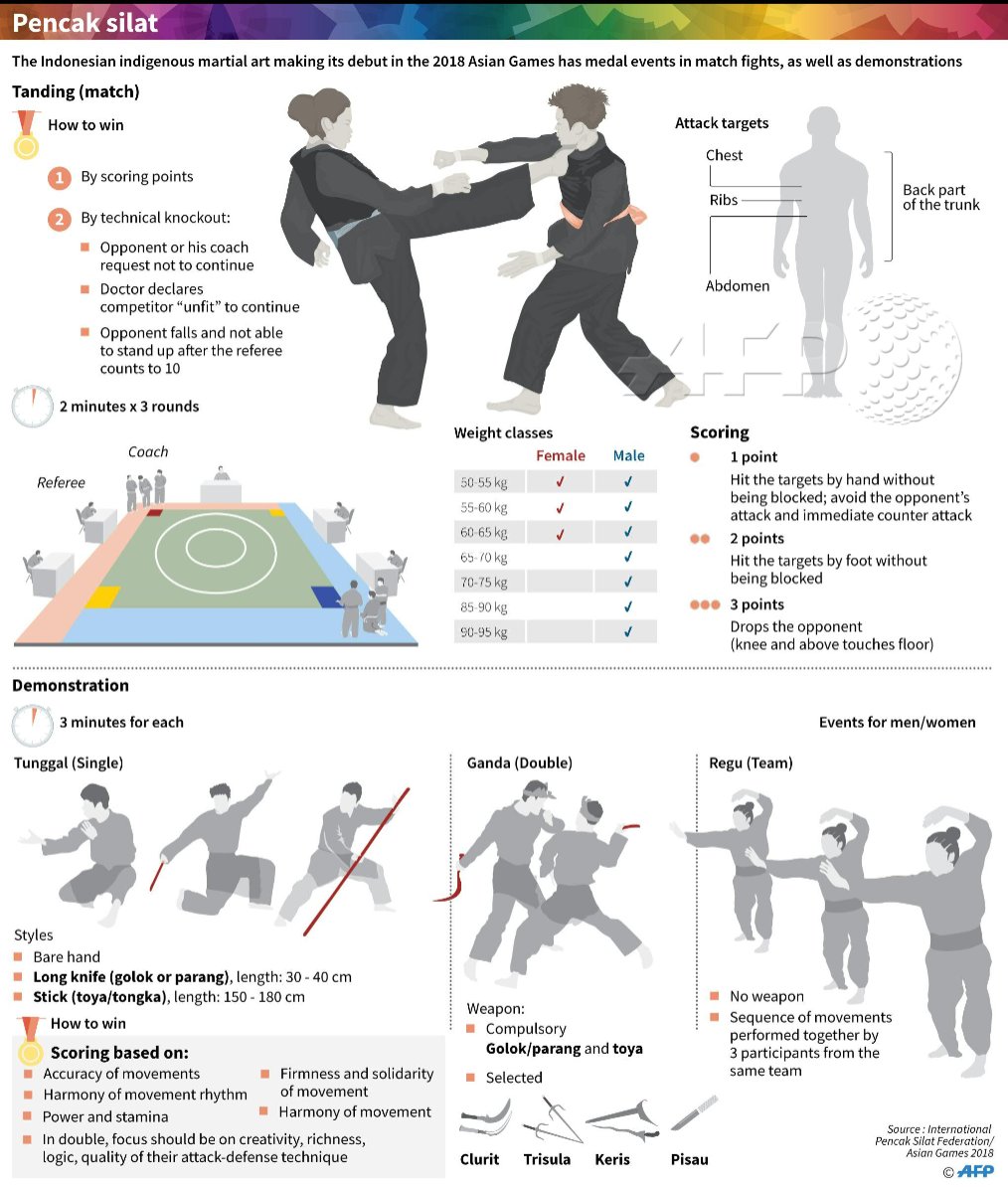Recognizing The Essential Differences In Between Conventional Martial Arts And Modern Battle Sports
Recognizing The Essential Differences In Between Conventional Martial Arts And Modern Battle Sports
Blog Article
Web Content By-McGinnis Hovgaard
When you think about martial arts, do you lean a lot more towards the standard techniques or the modern combat sports? Each course supplies one-of-a-kind advantages and experiences, formed by their approaches and training approaches. Conventional martial arts emphasize personal growth and technique, while contemporary battle sporting activities focus on competitors and efficiency. Understanding these differences can guide you in choosing the best strategy for your trip. But exactly how do these distinctions manifest in training and approach?
The Viewpoint and Background Behind Standard Martial arts
While many people connect martial arts with physical fight, the ideology and background behind conventional martial arts run much deeper. You'll locate that these self-controls stress individual growth, discipline, and regard.
Originating from ancient practices, typical martial arts were frequently created for Self-Defense and spiritual advancement. Read Significantly more embody concepts such as equilibrium, harmony, and self-constraint, assisting experts past plain fighting abilities.
As you educate, you'll not just find out techniques yet additionally gain insights right into the culture and values that formed these arts. The routines and practices, commonly given via generations, foster a feeling of area and belonging.
The Competitive Nature of Modern Battle Sports
Modern combat sports have changed the landscape of martial arts into a highly competitive arena, where professional athletes face off in an examination of ability, strategy, and endurance.
You'll discover that competitions are usually arranged with stringent policies and laws, making certain fair game and security. These occasions bring in large target markets, sustaining the excitement and strength of competitions.
Professional athletes train rigorously, not just for physical expertise yet additionally for psychological toughness, recognizing that every detail counts in the ring. visit the following site during competitions is apparent, as fighters press their restrictions to declare success.
emperado kajukenbo and creativity involved, making modern-day battle sports a thrilling phenomenon that continues to progress and astound fanatics all over the world.
Training Methods and Techniques: A Relative Evaluation
The affordable ambience of contemporary fight sports needs innovative training techniques that vary significantly from conventional martial arts.
In modern training, you'll concentrate on specific methods, sparring, and conditioning, usually using drills that replicate real battle scenarios. You'll see an emphasis on quantifiable performance and constant competition to evaluate your abilities.
On the other hand, conventional martial arts prioritize types, katas, and philosophical mentors, often emphasizing discipline and respect over competition.
Training is generally less intense and might include recurring practice as opposed to real-time sparring.
While both techniques construct ability and health and fitness, modern fight sports offer a much more dynamic and adaptable training setting, preparing you for instant difficulties in the ring or cage.
Choose the course that lines up with your goals and passions.
Conclusion
In selecting between traditional martial arts and modern combat sports, it really boils down to what you value the majority of. If you're looking for personal development, self-control, and a sense of community, traditional arts could be your ideal fit. However if you flourish on competition and real-time difficulties, modern-day fight sports could be the means to go. Eventually, both courses provide special benefits, so it's all about aligning your training with your individual goals and rate of interests.
